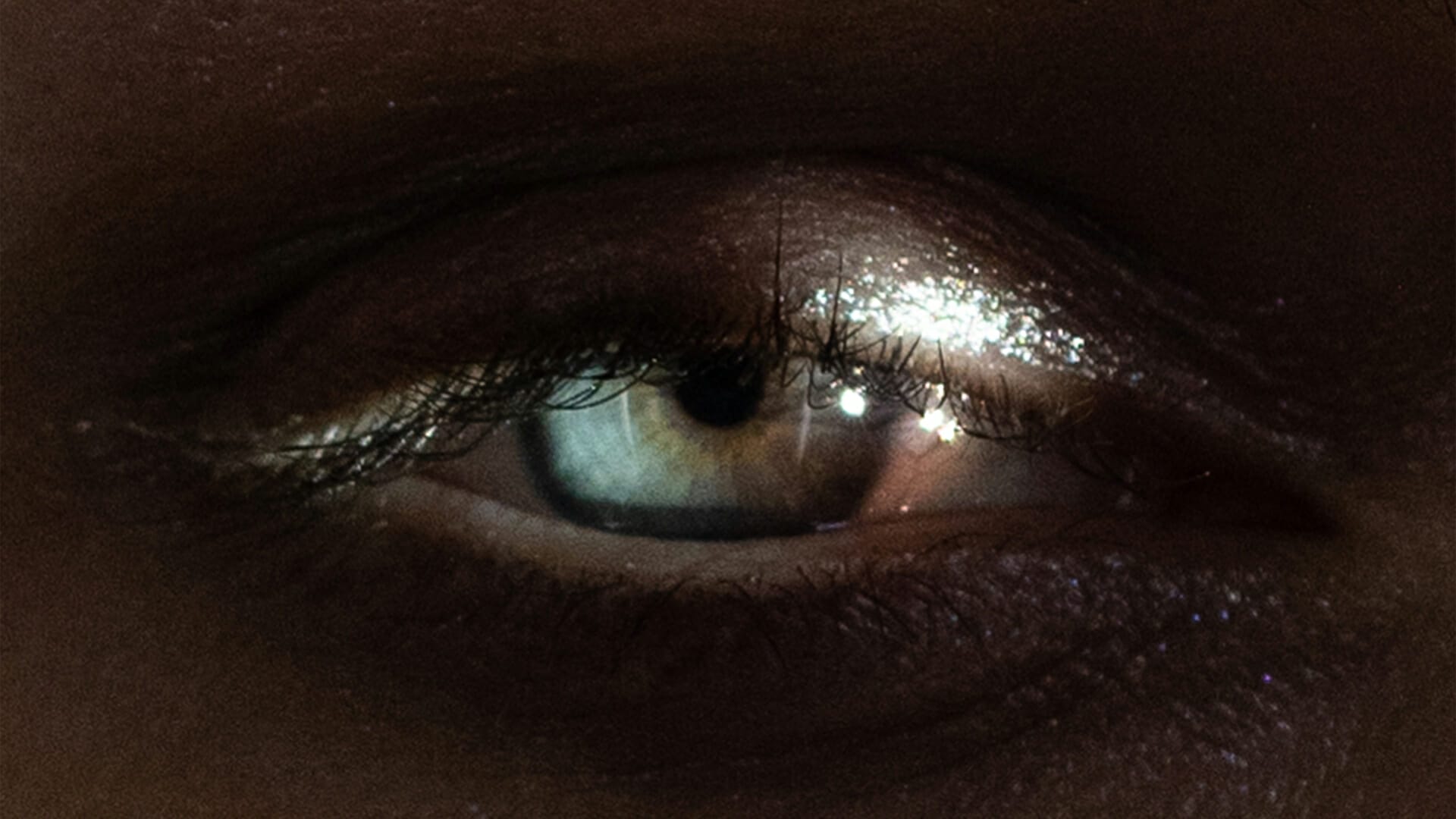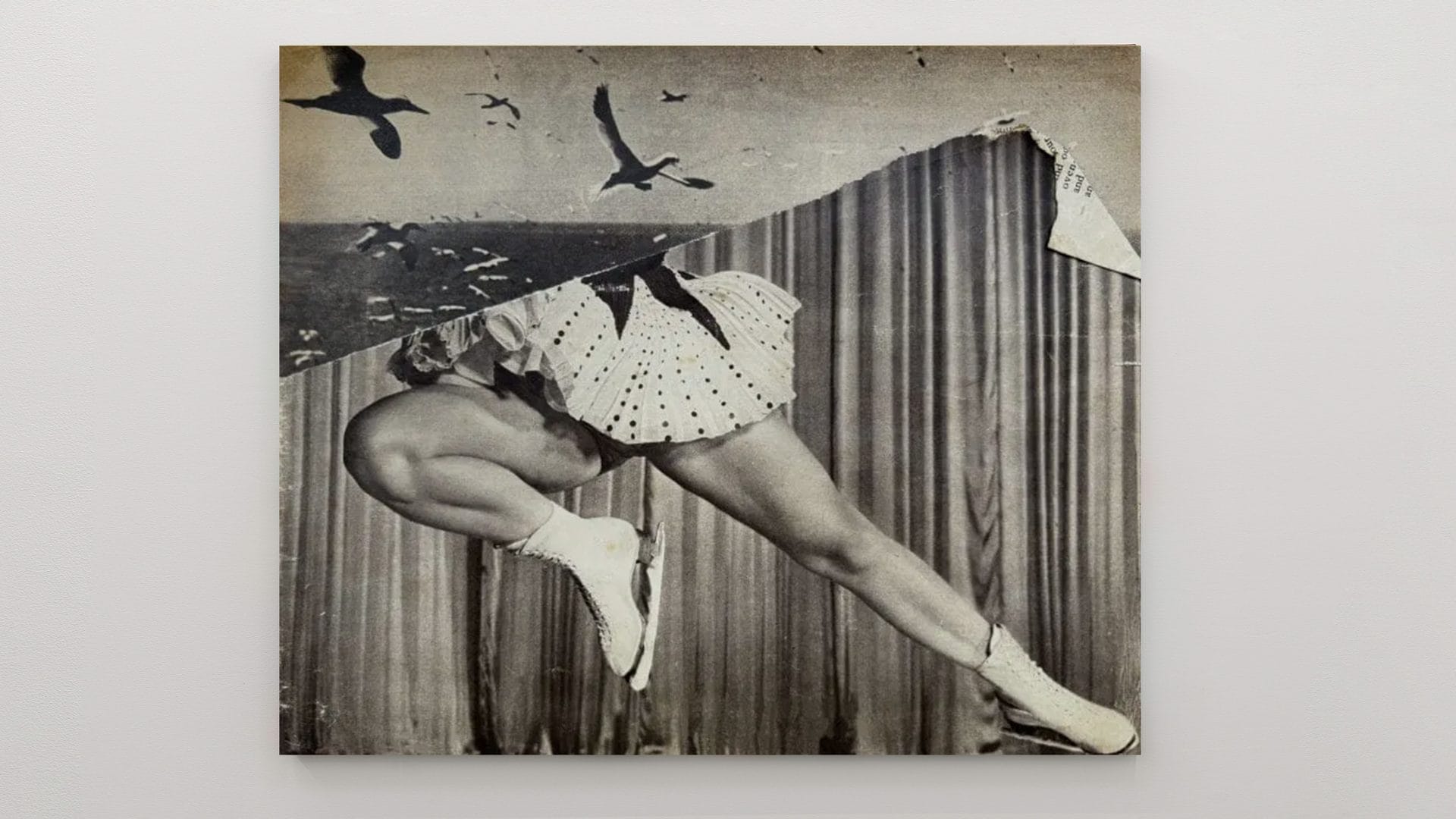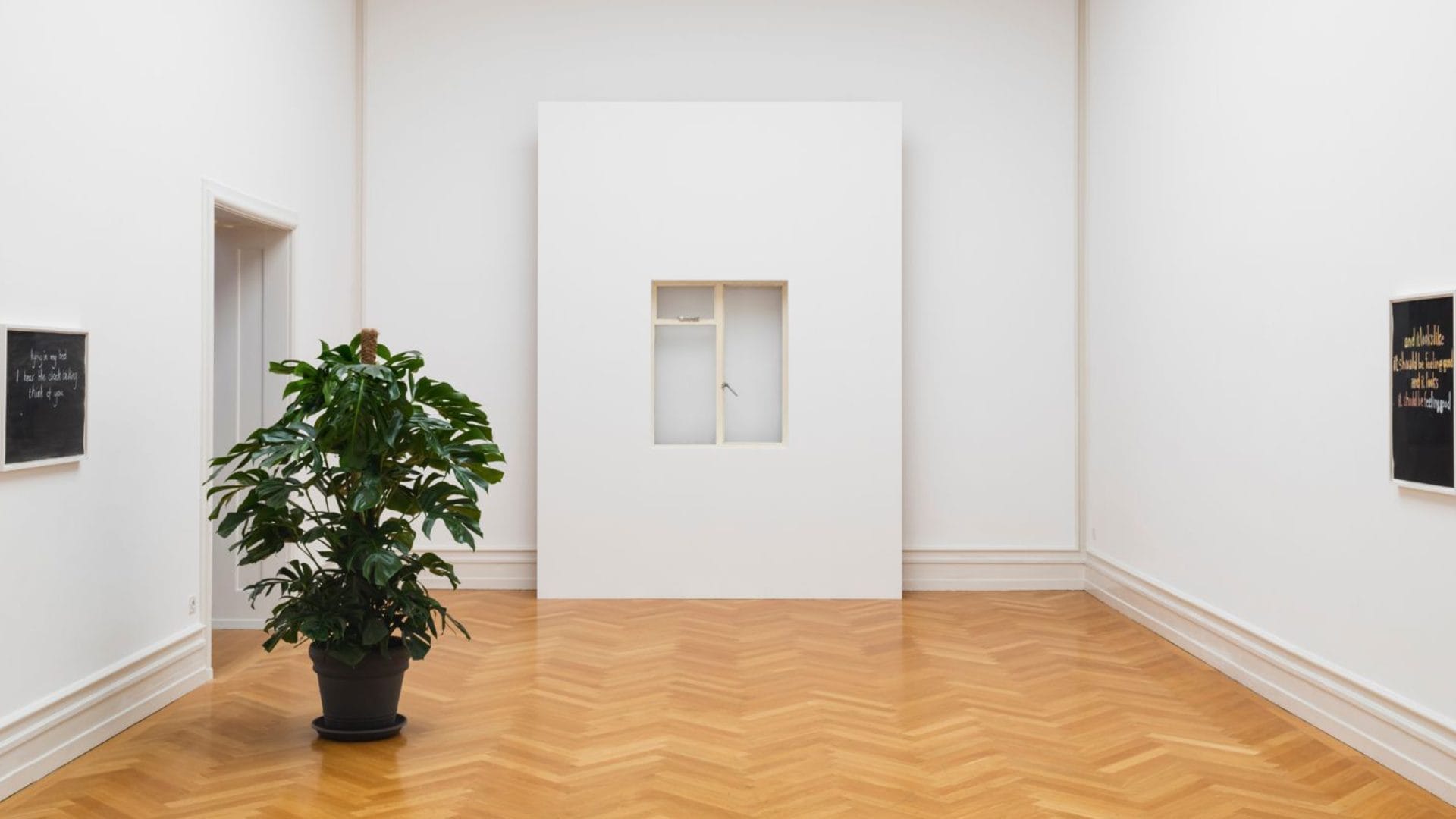
Private on Display: Juliette Blightman and the Performance of Intimacy
“Art is the only serious thing in the world. And the artist is the only one who is never serious.” – Oscar Wilde
There is something paradoxical about intimacy today. It is everywhere and nowhere.
The private spills into the public with unsettling ease, lives laid bare, emotions broadcast live, family albums turned into performance. And yet, the more we reveal, the more we seem to lose touch with what is truly ours.
Today, we take a step back to revisit an exhibition from the past, specifically, from 2016. Because yes, writing about past exhibitions is not only possible but sometimes necessary. It is an act of retrieval, of pulling them from the archives and reconsidering them in the light of the present. This time, we return to Juliette Blightman’s exhibition at Kunsthalle Bern in September 2016, a window into an everyday life that feels both familiar and unattainable. Entering her world is like peering through a keyhole that never fully closes: what we see is real, yet it does not belong to us.
Blightman’s images are fragments of lived experience, a personal archive that resists the logic of linear storytelling. Each piece is part of an ongoing stream of visions, moments seemingly stolen from memory, mundane details that remain unnoticed until framed by the artist’s eye. Photographs, paintings, drawings, and videos merge in a montage with neither beginning nor end, pulling us in like a film where we are both spectators and ghostly presences. Walking through the exhibition space feels like stepping into a cinematic scene, where every element contributes to an atmosphere suspended between reality and fiction. It evokes the familiarity of family albums or social media snapshots, yet there is a distance that prevents these works from being reduced to mere acts of self-exposure. There is no ostentation here, no desire to craft a filtered identity for an audience. Instead, Blightman explores the space between experience and representation, between what is shown and what remains just out of view.
This tension between presence and absence is at the heart of her work. Her archive never fully reveals itself; it builds through accumulation but always leaves something hidden, a detail withheld. There is always a missing piece, a blurred image, a fragment that slips away. And in this lies the true power of her work: not in what it gives, but in what it withholds. We are allowed to look, but never to fully understand. If her material recalls Instagram images or personal vlogs, the difference lies in intent. Though her images may seem spontaneous, they are infused with a reflective theatricality, a quiet melancholy that transforms the ordinary into something abstract. It is the poetry of the non-event, of those moments deemed unworthy of narration, yet precisely for that reason, they linger in memory.
Blightman’s exhibition leaves us suspended between the urge to know more and the awareness that something will always remain beyond our grasp. Perhaps this is the essence of intimacy today: no longer a safe haven, but an uncertain space where the boundary between self and others is increasingly blurred. We look, but we cannot touch. We participate, but we never fully belong. And in the end, as we leave, we are left with that vague yet persistent feeling of having experienced something resembling life, but never quite our own.
In an era where intimacy dissolves into the public sphere with alarming ease, Juliette Blightman’s 2016 exhibition at Kunsthalle Bern resonates today with even greater clarity. Her work reminds us that exposure does not necessarily mean authentic sharing, and that, paradoxically, the more we reveal, the more we risk losing our own inner reality.
We are immersed in a relentless visual stream, images that seem to reveal everything yet, in the end, say nothing. Blightman, on the other hand, teaches us that the true power of an image does not lie in the amount of detail it offers, but in what it chooses to withhold. Her personal archive is not just an accumulation of moments, but a meditation on the value of absence, the unsaid, the space between one image and the next.
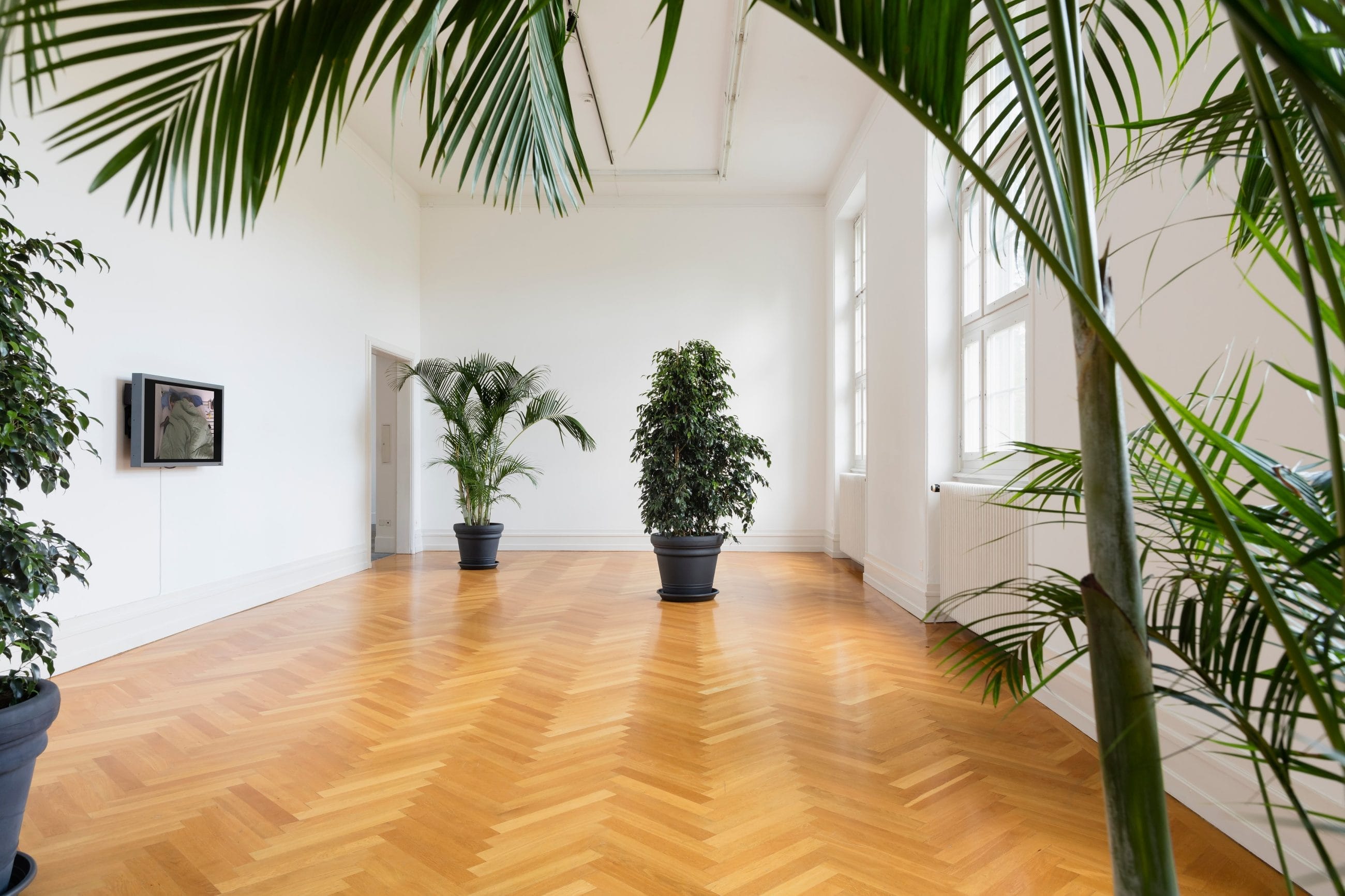

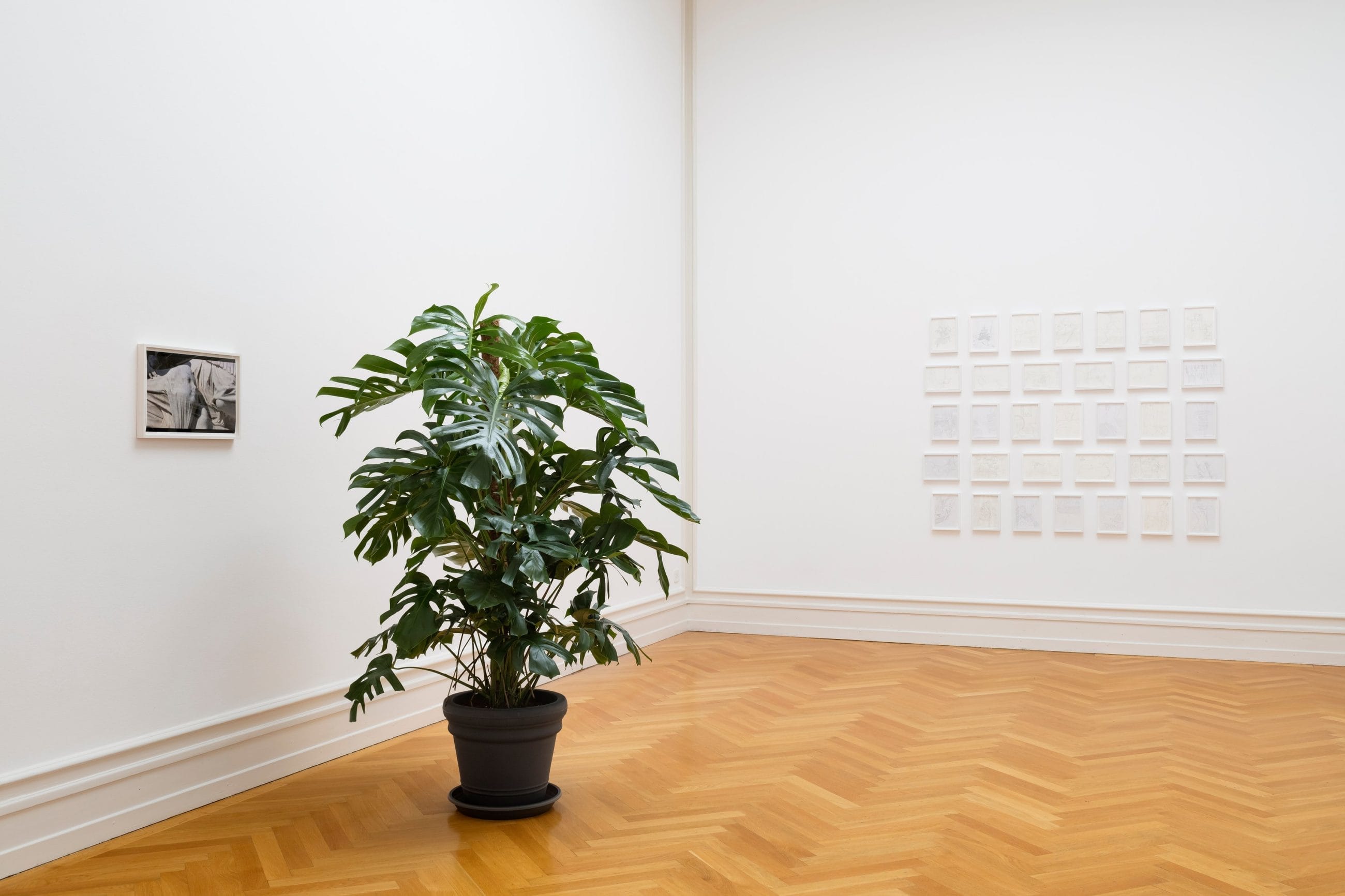
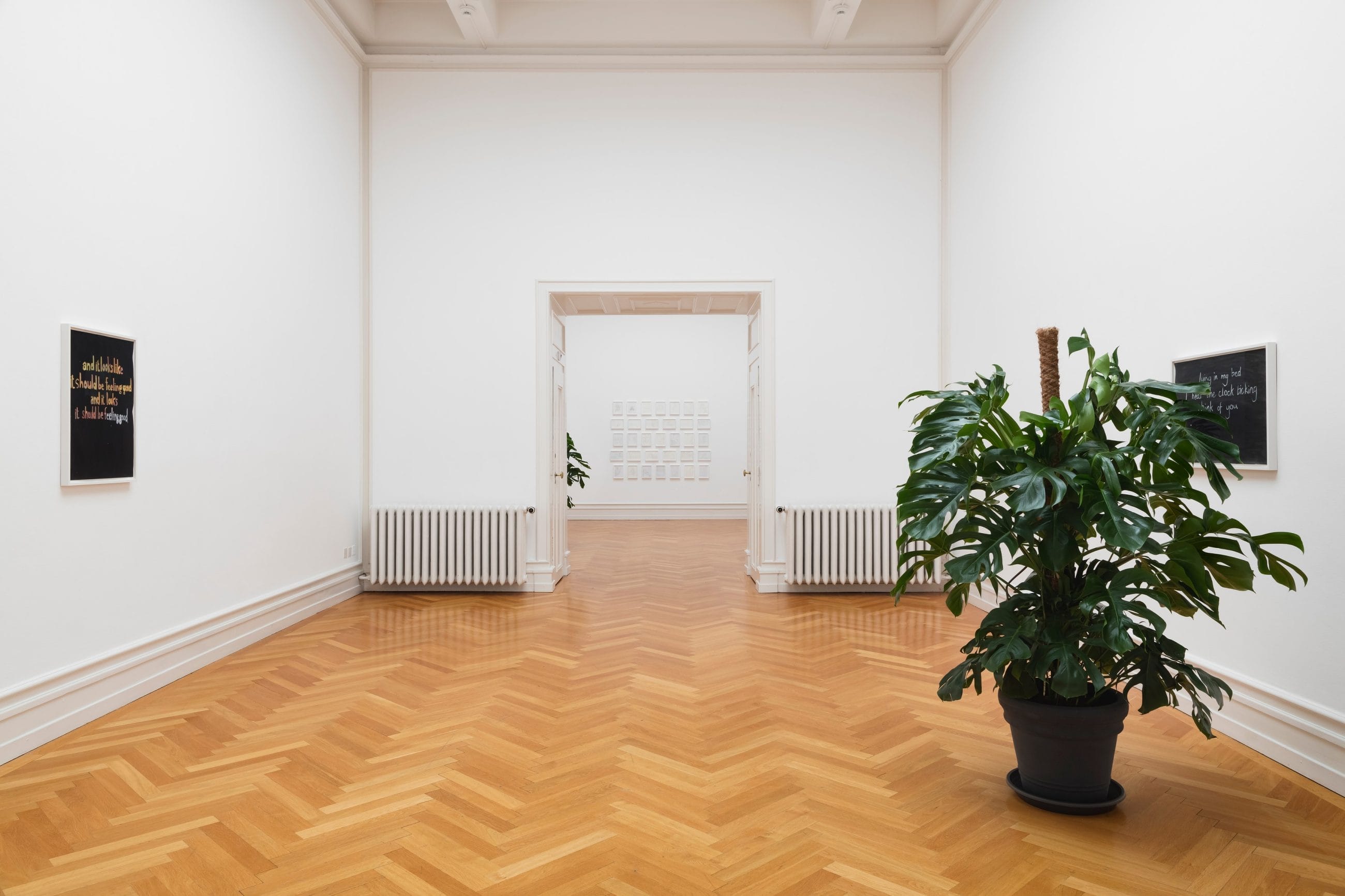
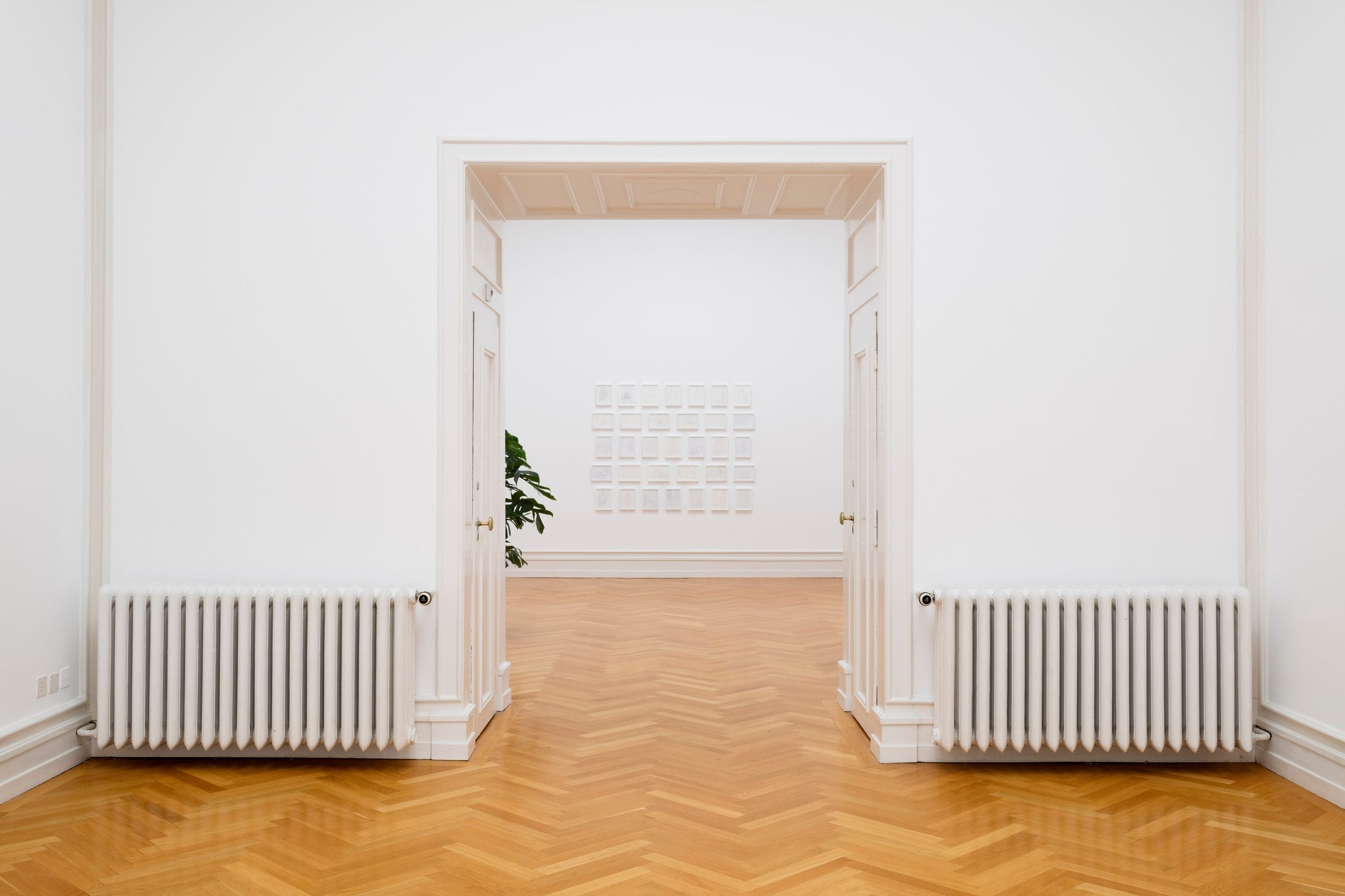

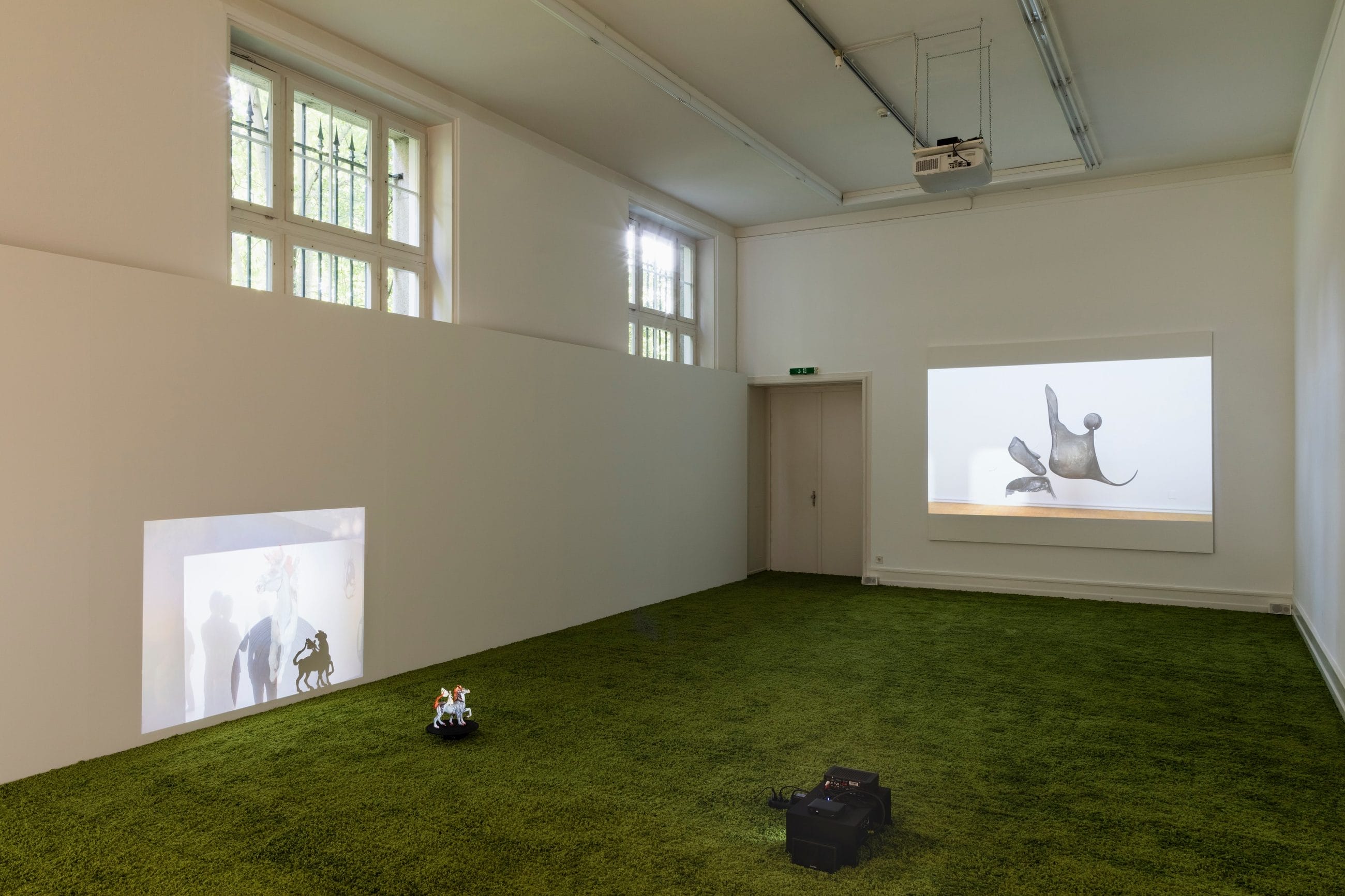
fakewhale
Founded in 2021, Fakewhale advocates the digital art market's evolution. Viewing NFT technology as a container for art, and leveraging the expansive scope of digital culture, Fakewhale strives to shape a new ecosystem in which art and technology become the starting point, rather than the final destination.
You may also like
In conversation with Laurent Castellani
Introducing Laurent Castellani Artist: Laurent Castellani – Birthplace: La Rochelle, France, 1
Fakewhale in dialogue with Georg Eckmayr
We’ve been following Georg Eckmayr’s work for some time, fascinated by his ability to in
Fakewhale Gallery presents ART MARKET DAY: X-Mas Edition on Objkt
On Wednesday, December 18th at 4 PM CET / 10 AM ET, we’re excited to present the second ART MARKET

